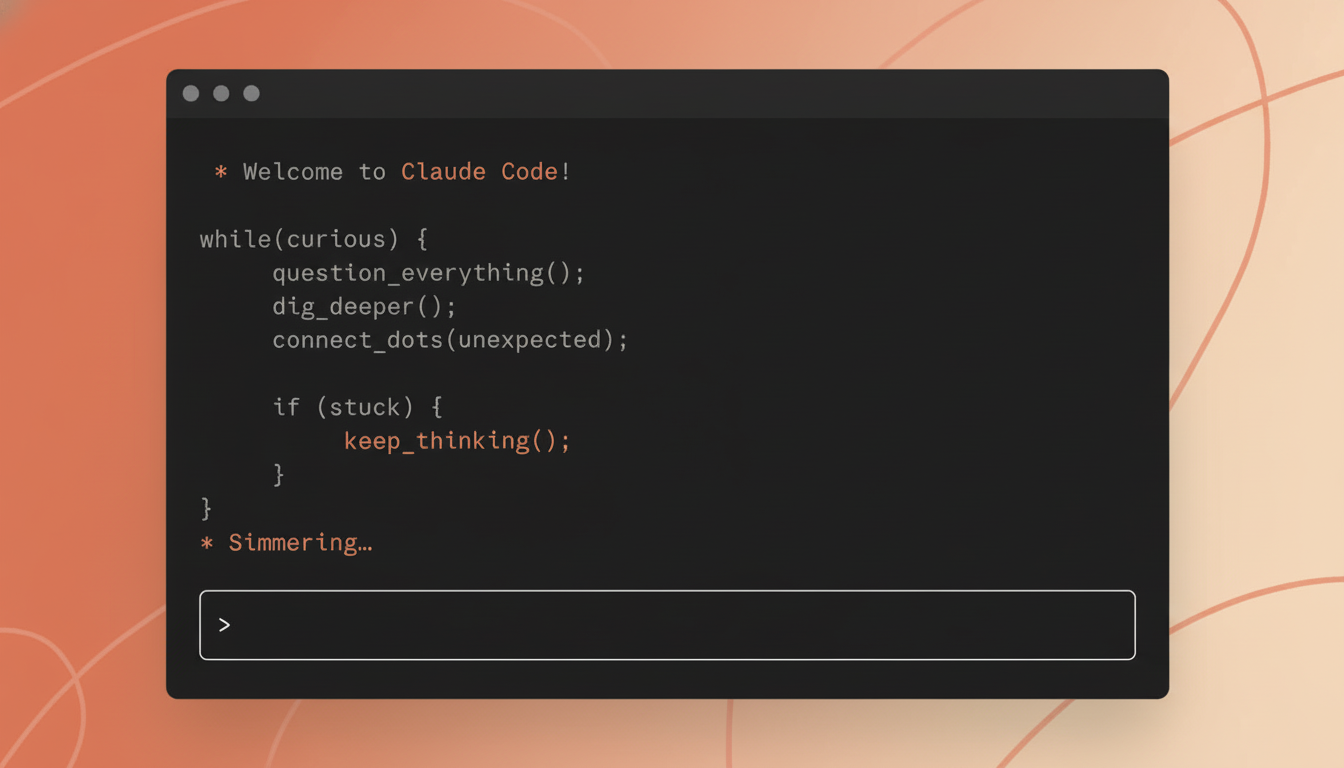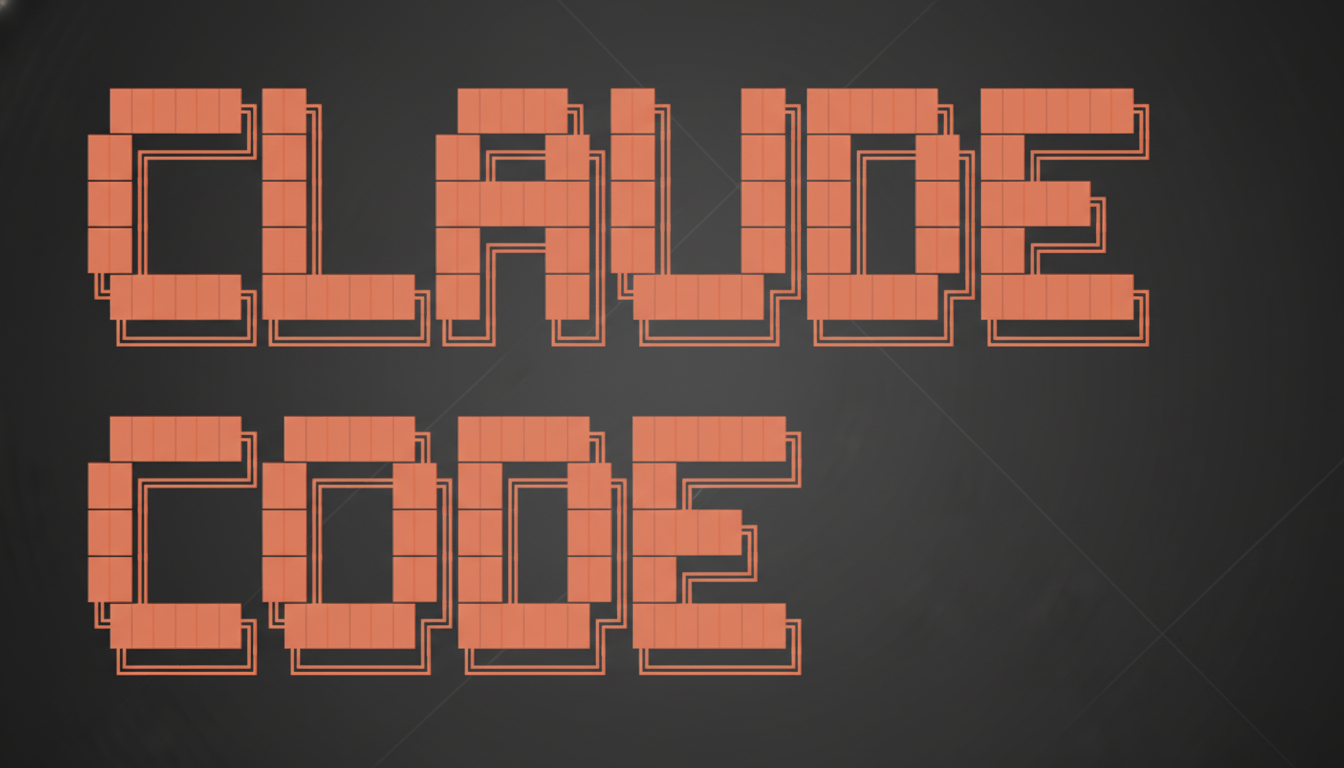The inventor of Claude Code says the agentic coding tool that’s now transforming software teams started as a fortunate stumble. In a wide-ranging interview, Anthropic’s Head of Claude Code, Boris Cherny, explained how an internal prototype expanded into a product that the company’s engineers use on a daily basis and which enterprise clients are adopting, and why the next leg of development will reach far further into autonomous workflows.
Claude Code has now transcended Integrated Development Environments and is available in regular web browsers. That small shift matters: a new generation of engineers can initiate code tasks from a laptop or phone without the need to spin up all those terminals. Though the tool is aimed at professionals, making it web-based reduces the learning curve for newbies with Pro or Max subscriptions and speeds mundane tasks for old hands.

Inside Anthropic, adoption was immediate. Internally, it got up around 80 to 90 percent of daily usage, and almost every single person was using it weekly, which is somewhat unusual even for some superstar developer tools. That demand reflects what those early customers like Salesforce, Uber, and Deloitte are seeing when testing agent-driven coding at scale.
How a Prototype Became Part of the Firmament
Cherny was part of an exploratory group charged with investigating what frontier models could accomplish, provided the appropriate scaffolding. It was from these experiences that Claude Code rose. Colleagues took it up overnight, and then the entire company did and turned a skunkworks experiment into an indispensable system. The expansion to the web expanded its use beyond IDEs and command-line tools, bringing the product closer to how people actually work: in their browsers, across multiple tabs, and on mobile.
The tool is designed to work across the stack — fixing bugs, refactoring, writing tests, and conducting code reviews. It can also integrate with the same services developers are already using — GitHub for pull requests, Asana to create tasks, and other APIs — so that it is a teammate who not only writes code but also coordinates it.
What Agentic Coding Actually Entails for Teams
Alas, unlike auto-complete or single-line suggestion services with which we currently interact, truly agentic systems plan, act, observe the impact on the world of their actions, and get wiser from these observations, reprioritizing planning with a target in mind. Cherny emphasizes that the “agentic” tag isn’t about a chat response; it’s about providing a model with tools, context, and an objective and letting it loose.
One such case study, with Rakuten, makes the point: Claude Code performed a sophisticated job over seven straight hours, orchestrating its own movements until the work was finished. That stamina marks a departure from previous assistants that needed to be prodded by human help at every turn. In the abstract, we give agents instruction on outcomes: “migrate this module,” “harden this service,” “open some dang tickets and do these fixes.” In practice, teams describe declaring outcomes and letting the agent orchestrate reads, writes, diffs, reviews.
Scope of the product also reframes ownership. Whereas conventional tools allowed humans to type faster, Claude Code allows for a hand-off between the agent driving changes and the human ensuring that the proposed plan and final patch make sense together.
Safety and the Human-in-the-Loop Guardrail
Anthropic uses a mix of human-in-the-loop oversight, which mandates that a human sign off on any code landed in production, and multi-agent reviews. Inside, each pull request is first screened by Claude Code itself (it frequently finds things a teammate misses) and then approved by a human. This multi-layered supervision mirrors broader advice from groups like NIST for human governance, secure tooling, and auditability in the deployment of advanced AI systems.

Human-in-the-loop policy reduces typical AI risks: silent regressions, insecure patterns, and business logic misinterpretation. It also aligns with the way that many businesses are gradually rolling out coding agents — narrow scopes, guarded environments, and explicit sign-off — so teams can realize a speed benefit without undermining trust.
Competitive Ripples and Early Market Proof
The release of Claude Code has sped up a wave of rival updates and launches in AI coding, from Microsoft’s Copilot upgrades to new agent offerings by startups like Replit. The momentum is the sign of a market that’s already warmed up to AI help. Research from GitHub indicates that with AI pair programming, tasks can be performed 55% faster, and the majority of professionals currently use or plan to use AI tools in their workflow (Stack Overflow Developer Survey).
The distinction with agentic systems is not just speed but also breadth: they can read and write between repositories, open issues, propose designs, divide subtasks, and so on. The hands-on length is what’s taking them from “assistive” to “collaborative” in modern software teams.
Where Claude Code Goes Next in Autonomous Workflows
Cherny anticipates longer-running agents that will need to know fewer and fewer checkpoints, and teams of models working together — passing the buck, confirming one another’s work, parallelizing jobs. Anthropic has recently added plugins that make it possible for agents to do even more; one engineer reportedly bootstrapped a series of integrations himself, seeding tasks with Claude and using a small swarm to execute the backlog.
Leadership is also expanding. Under new manager Fiona Fung, core features have already shipped — an indication the team is productizing rapidly as it continues to explore. And while the Matchbox web app makes Claude Code friendlier not only to newcomers but also to experienced developers (as view-pattern creators), the company is frank about what it means when we implement a “more integrated design” — that’s still designed first and foremost for engineers, just those ready to take on more agents soaking up more of the toil.
From a question for its creators to an everyday companion, the origin story of Claude Code is a reminder that innovations can come sideways — in this case, from left field.
The accidental prototype is currently serving as a proving ground for agent safety, as well as a tribute to how quickly software development can evolve when you tell the computer not just to auto-complete a line, but also to own the task and see it through.

